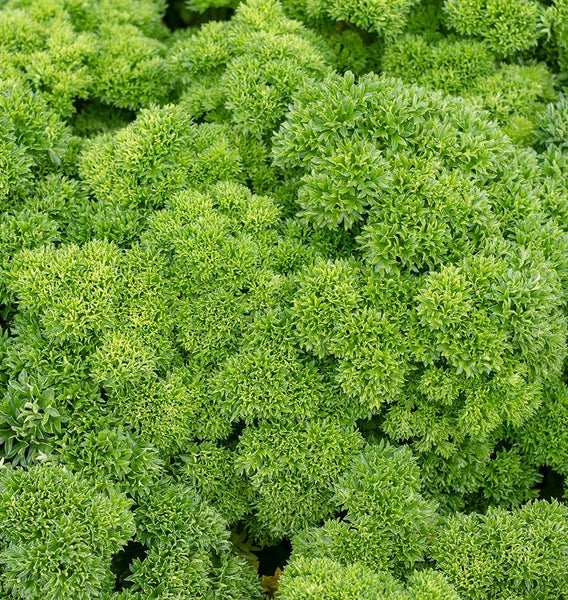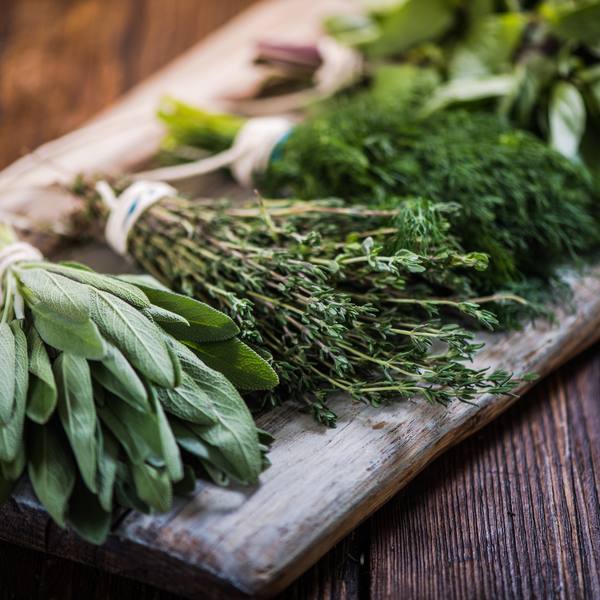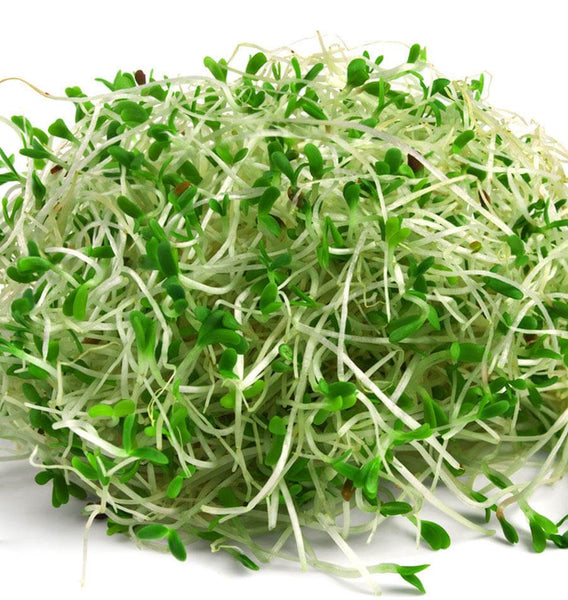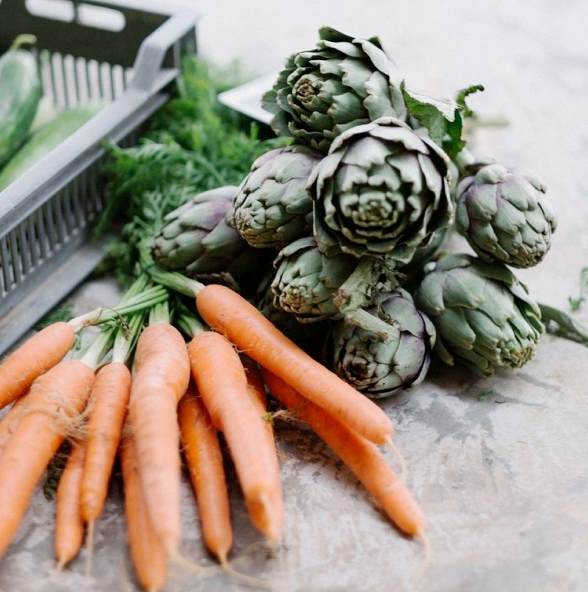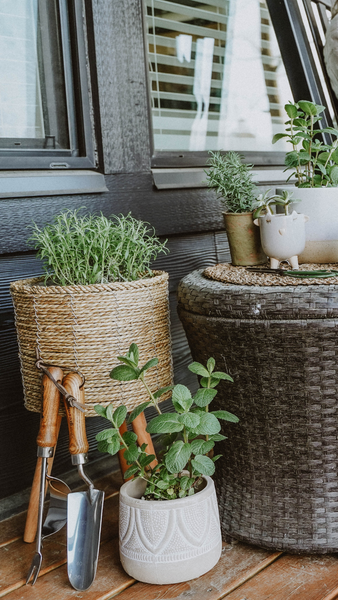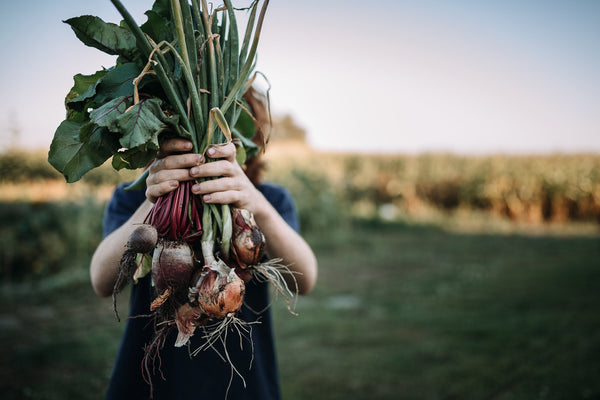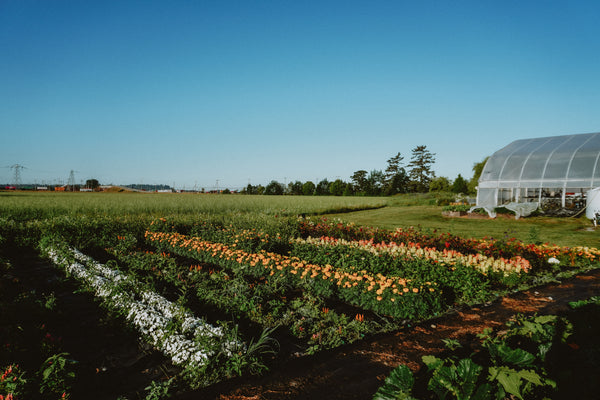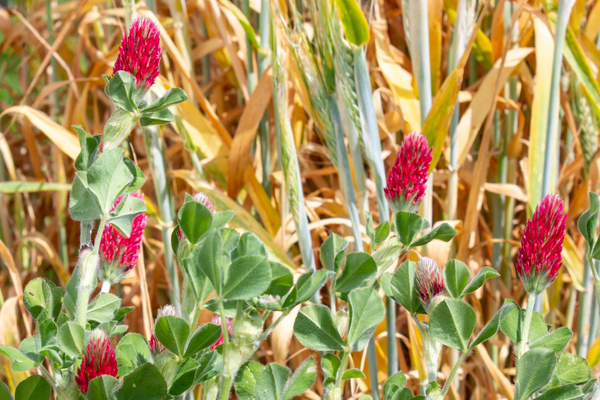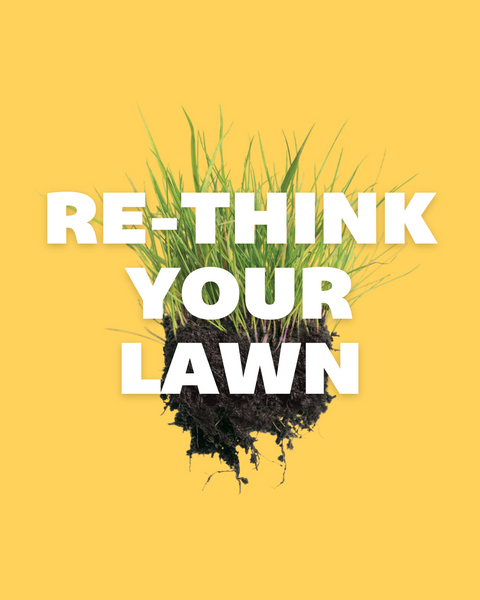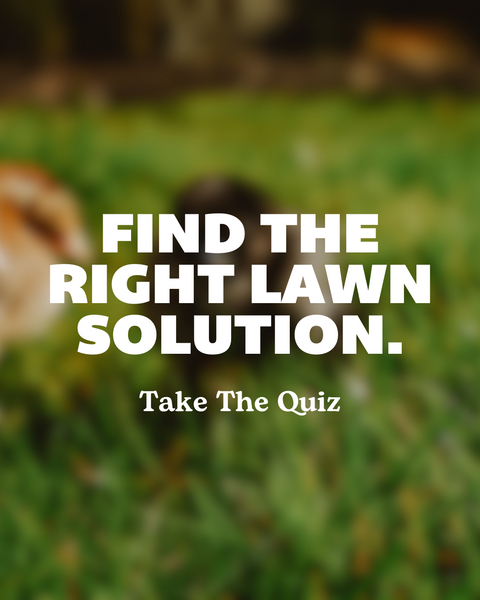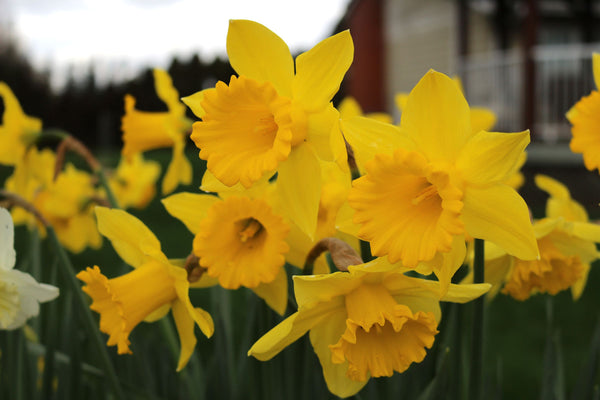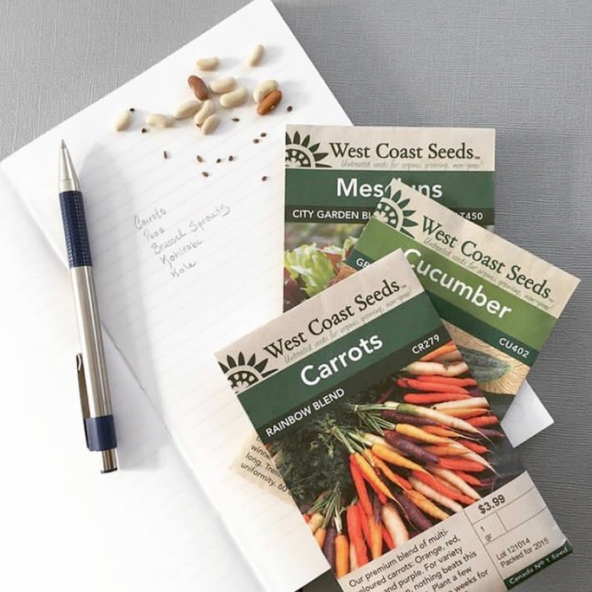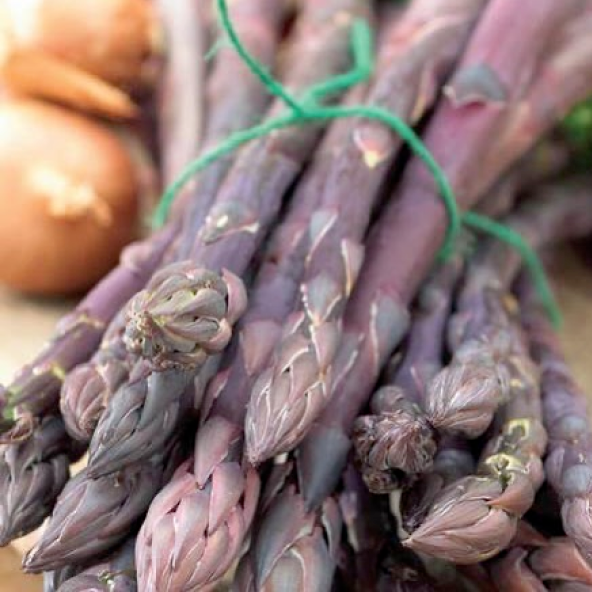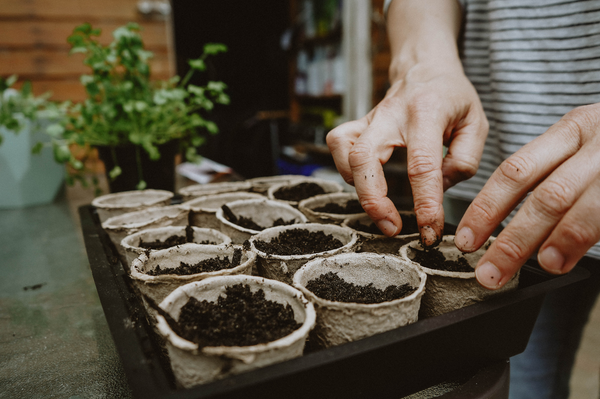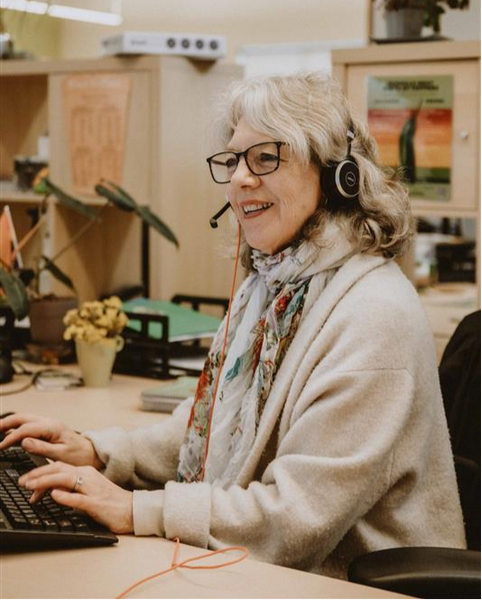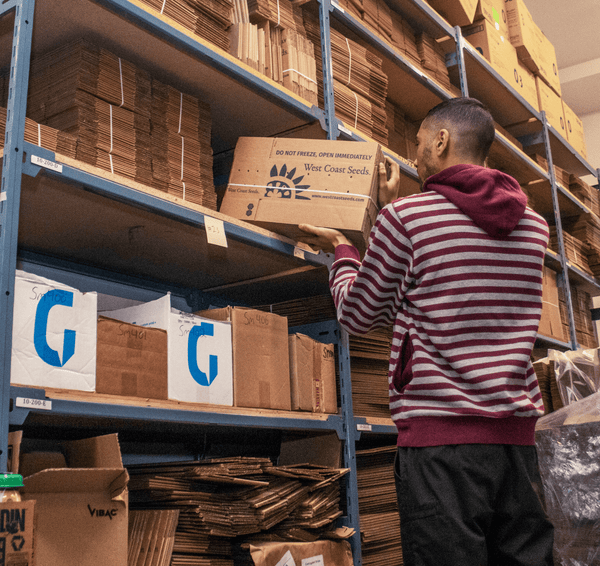This week (March 16-22, 2025) is Horticultural Therapy (HT) Week. As a Registered Horticultural Therapist and Brand Ambassador for West Coast Seeds, I wanted to raise awareness of HT this week, share some insights into my work, and highlight the powerful impact HT can have on individuals, using seeds as a perfect example.
Horticultural therapy is an evidence-based practice that offers unique insights into promoting mental, physical, and overall well-being. For comprehensive definitions and more information on horticultural therapy and therapeutic horticulture, I encourage you to explore the resources provided by the Canadian Horticultural Therapy Association.
From flower arranging with homegrown blooms and harvesting crunchy microgreens to creating herbal salves and teas, along with mindfulness practices and interactive games for gardeners of all ages, I have seen firsthand how horticultural therapy fosters community, provides opportunities for physical exercise, and promotes mindfulness, just a few of its many benefits. As a goal-oriented and client-centered approach, HT places the client at the heart of the therapeutic process, surrounded by key elements such as goals, the therapist, and the plants (Haller & Capra, 2016, p.7).
When selecting plants for my work with clients, I turn to West Coast Seeds because their commitment to quality, sustainability, and community mirrors my values as a horticultural therapist. Their incredible selection of seeds continually inspires and challenges both me and my participants (I can’t wait to try the Jimmy Nardello peppers and Queeny Lime with Blotch zinnias this year!). I value how West Coast Seeds fosters this culture of education, advocacy, and support for gardeners locally and beyond.
My approach as a horticultural therapist has always been community-based, and with my roots in Delta, my connection to West Coast Seeds came naturally. Whether it be when I led a revitalization project at a local school garden, or needed seeds for a TH program with a low operating budget, West Coast Seeds was there to support through their seed donation program. They are also a huge supporter of one of the non-profits I run TH programs at, Earthwise Society in Tsawwassen. They donate produce to Earthwise’s food security programs and other materials, like dried flowers this summer, which were immensely enjoyed during a fall botanical crafternoon with our therapeutic horticulture group.
While I practice horticultural therapy year-round, there is an undeniable buzz of excitement that comes with the arrival of the West Coast Seeds catalog each spring. Resources like these, along with the planting charts they provide, are invaluable tools I regularly use to educate and inspire my participants in therapeutic horticulture.
Something we talk about in HT is how it is more about the process than the end result. Similar to seed starting where the entire process, from planting to growth, resilience, and renewal, parallels the journey of healing and transformation found in HT.
In HT, we also frequently discuss the different domains of wellness, which include physical, emotional, social, cognitive, and spiritual well-being. Here is an example of how something as simple as planting seeds can offer a wide range of benefits for individuals across these domains:
Physical: Enhances fine motor skills, and hand-eye coordination, through planting and handling seeds. Adaptive tools and techniques, such as seed dials, or alternative activities, such as seed tape, or planting larger seeds (like beans or sunflowers) may be used.
Emotional: Fosters patience, hope, and a sense of accomplishment as seeds sprout and grow. It also provides opportunities to develop coping skills if things do not go as planned. The parallels between seedlings and ourselves offer numerous opportunities for reflection. For example, while thinning out seeds, we might discuss what the client wants to create space for in their life and the importance of making room to grow in order to thrive. Or perhaps we’ll talk about germination rates as we plant and discuss how to manage expectations, focusing on what we can control.
Social: Encourages connection and shared experiences when starting seeds in group settings. Perhaps I strategically only bring enough tools so that participants have to share and collaborate, or start the session with a seed guessing game to get participants connecting.
Cognitive: Stimulates problem-solving, planning, and learning about plant care and growth cycles. For example, we might first read the seed pack together and identify how deep and far apart to plant the seeds, using the handy ruler on the back of our West Coast Seeds seed pack. We may also create a succession planning calendar at this time to plan for the rest of the season.
Spiritual: Symbolizes renewal, growth, and the connection between life, nature, and personal transformation. Just providing intentional time for participants to connect with themselves and nature is so valuable.
This post feels particularly timely as we not only celebrate HT Week, but as I also get to help host a Seedy Saturday event at Earthwise Society this weekend, and prepare for a seed-starting workshop with clients next week, all featuring seeds from West Coast Seeds. It is an exciting time to share the power of seeds and horticultural therapy with others.
If you have any questions about horticultural therapy or want to learn more about how it can benefit you or someone you know, I would love to connect. Please feel free to reach out using the contact information below.
Website: www.gardenerkate.ca
Email: info@gardenerkate.ca
Instagram: @gardenerkate
Reference:
Haller, R.L., & Capra, C.L. (Eds.). (2016). Horticultural therapy methods: Connecting people and plants in health care, human services, and therapeutic programs. (2nd ed.). Taylor & Francis Group.

I was fortunate to dive into the field of horticultural therapy in 2014 when I landed a summer job with BC Housing’s People, Plants and Homes program, working under the supervision of a Registered Horticultural Therapist. Since then, I have also worked at various long-term care, independent living, assisted living residences and nonprofits across BC, connecting people with nature through in-person and virtual workshops, group and 1-1 sessions and other gardening and nature-based activities. I also teach foundational and in-depth therapeutic horticulture courses.
